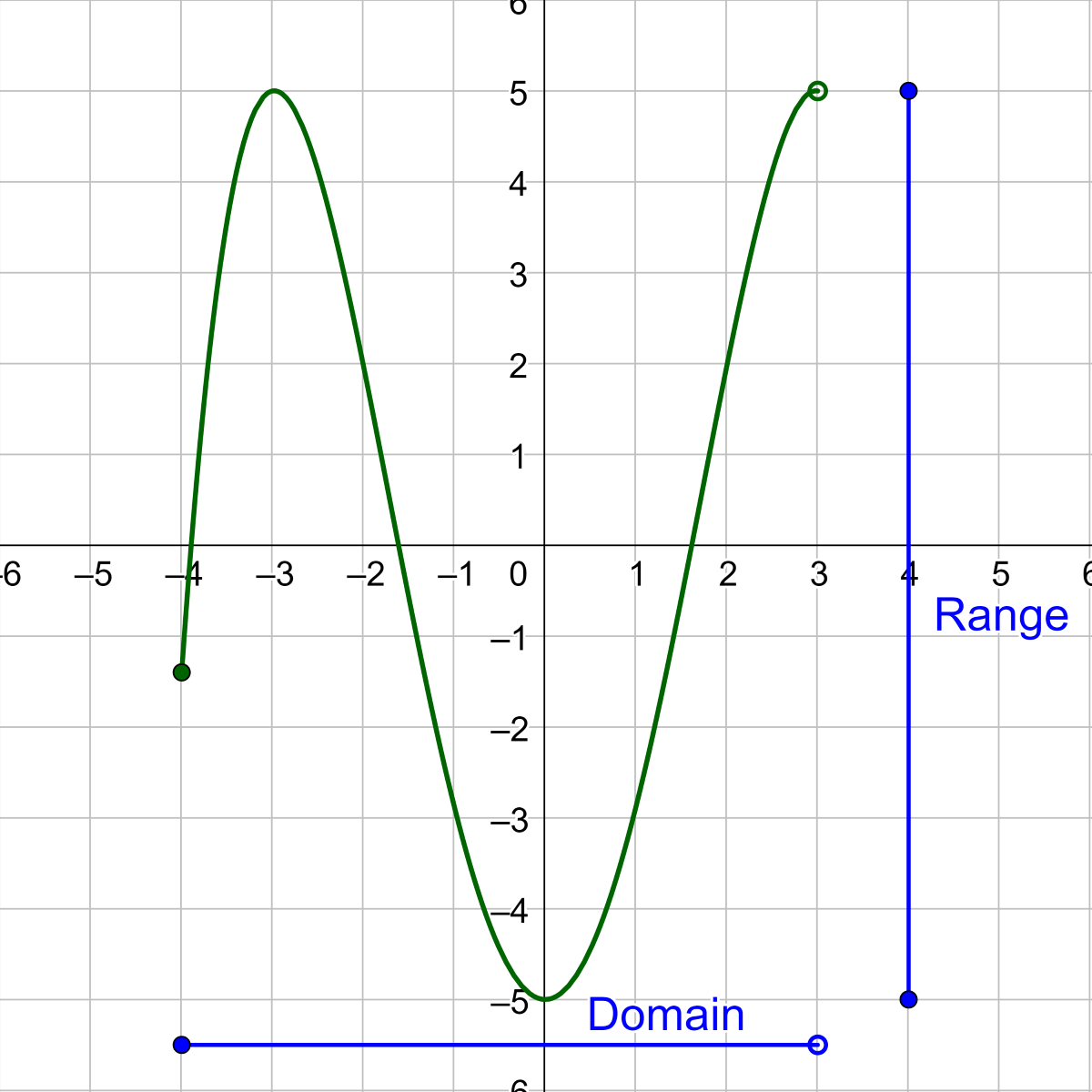

Recall that the domain of f(x) = x 2 is all real numbers. Let's look at the same example as above, f(x) = x 2 to see how interval notation is used. The endpoints are written between either parentheses or brackets, depending on whether the endpoint is included or not.The first term is the left endpoint and the second term is the right endpoint.The smallest term in the interval is written first, followed by a comma, and then the largest term.When indicating the domain in interval notation, we need to keep the following in mind: The table below shows the basic symbols used in interval notation and what they mean: When using interval notation, domain and range are written as intervals of values. Two of these notations are interval notation and set notation. This makes it far easier to express the domains and ranges of multiple functions at a time, particularly as functions get more complicated. While this is possible for all functions, different notations have been developed for expressing domains and ranges in a more concise way. Notice in the examples above that we described the domain and range using words. Thus, the range of f(x) = x 2 is all positive y-values. Then, from looking at the graph or testing a few x-values, we can see that any x-value we plug in will result in a positive y-value. Thus, the domain of f(x) = x 2 is all x-values.


There are no x-values that will result in the function being undefined and matter what real x-value we plug in, the result will always be a real y-value.


 0 kommentar(er)
0 kommentar(er)
